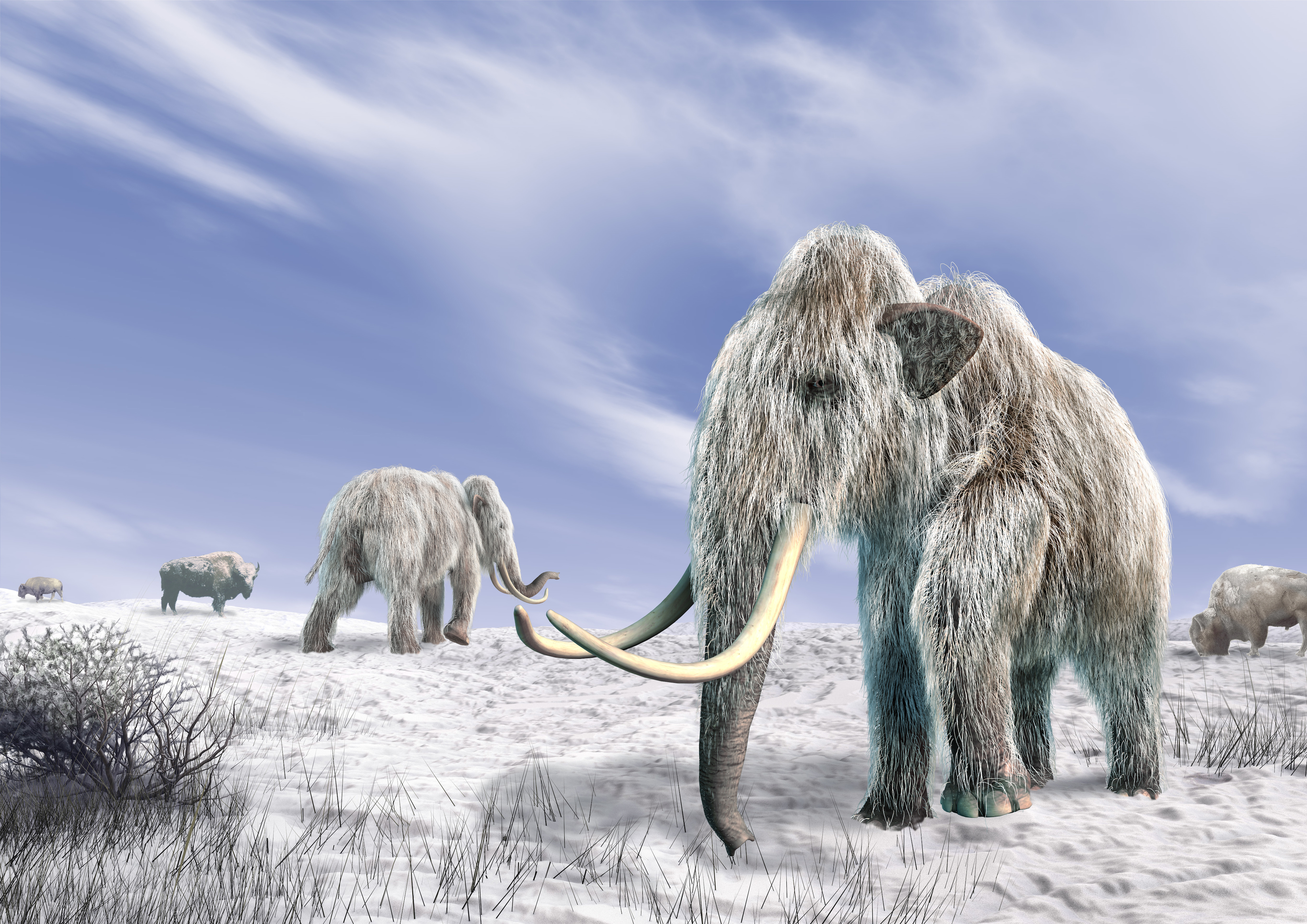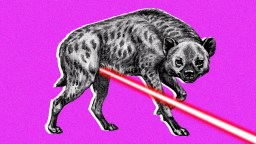Sloths are unfairly ridiculed and underappreciated animals, says zoologist and filmmaker Lucy Cooke. They are actually adapted to their life in the forest in a very ingenious way. In fact, they may be the ultimate survivors, making them the true kings of the jungle.
LUCY COOKE: So it’s no secret that I’ve got a soft spot for sloths. I founded the Sloth Appreciation Society; our motto? “Being fast is overrated.”
I think the sloth is the true king of the jungle. But its reputation has been besmirched for centuries. Ever since it was first discovered people have misunderstood sloths. The first explorers that went to the New World and saw sloths described them—in no uncertain terms—as absolute losers.
There was a conquistador, a Spanish conquistador, I think he was the first to describe the sloth, said it was “the stupidest animal that could be found on the planet.”
Then they were saddled with a name that speaks of sin, and just misunderstood for an incredibly long time.
And again, they are an animal that people think of as being some kind of evolutionary loser; because they’re slow we think that they are therefore kind of stupid and useless. “Well, they can’t run from danger so how do they survive?”
Well, they actually survive very well indeed, which is why I think they are the true kings of the jungle.
Because there was a survey done in a Panamanian rainforest, and they found that it was something like a third of the mammalian biomass in that particular forest was made up of sloths. So that’s like you take all the mammals from the forest—a third—a third of that mass would have been taken up by sloths.
So all the rest was all the rats, all the ocelots, all the tapirs, everything else took up two thirds, but a third of it was sloths, which is just a huge amount! I mean that’s a very successful creature.
Partly we just don’t realize that because they’re very hard to see, they’re very stealthy. So one of the things, the great things about being really slow is you don’t really get noticed, which—if you’re trying not to be eaten—is really quite a good idea.
So monkeys for instance: you are always aware of monkeys. When they turn up there’s a lot of crashing around and fruit being thrown to the ground, and they make a lot of noise. The sloth is moving very slow, with extraordinary control. I always watch them and think “Wow the core control of that animal is amazing!” It’s like watching Swan Lake in slow motion, I mean they really just move so fantastically slowly.
But those slow movements, we think, slip under the radar of the Harpy eagle as it’s swooping around the canopy; they simply don’t get noticed. And I think one of the reasons why the early explorers so misunderstood the sloth is because they were viewing it the wrong way up!
So I think when the conquistadors first arrived in the New World they would have been brought examples of animals, they wouldn’t have gone into the jungle and observed them in situ, they would have been brought animals.
And with the sloth this is an inverted quadruped; it is designed, it has evolved to live its life upside down, because that’s incredibly energy efficient. If you live your life upside-down the only muscles that you really needed to work are these ones, so they can hook on and hang like a happy hairy hammock and just get on with the busy business of digesting their very indigestible food. They’re basically sort of dangling fermenting bags of food.
But that upside-down existence requires very little energy, so they have almost got rid of the muscles that are like triceps, that hold us erect; they just have the muscles that you use to sort of draw yourself along.
When I’m at rest sitting in this chair I’m using quite a lot of muscles to hold myself upright, but sloths don’t need any of those.
So when the early explorers were brought sloths, of course they were taken out of their context: they were no longer dangling from the tree.
The thing about the inverted existence is that it requires 50 percent, around 50 percent of the muscles of an upright existence, so it’s much more energy efficient.
The problem is if you turn a sloth the wrong way up gravity removes its dignity, and it sprawls on the ground and is forced to sort of, like mountaineering on a flat surface, I mean it really is a pitiful sight! They sort of drag themselves along like this. And that, of course, would have been how the early explorers would have seen them: as a ludicrous quadruped that’s sort of sprawled on the ground and can’t hold itself up.
So I think that was where this idea that they were “useless” came from, and it stuck.




